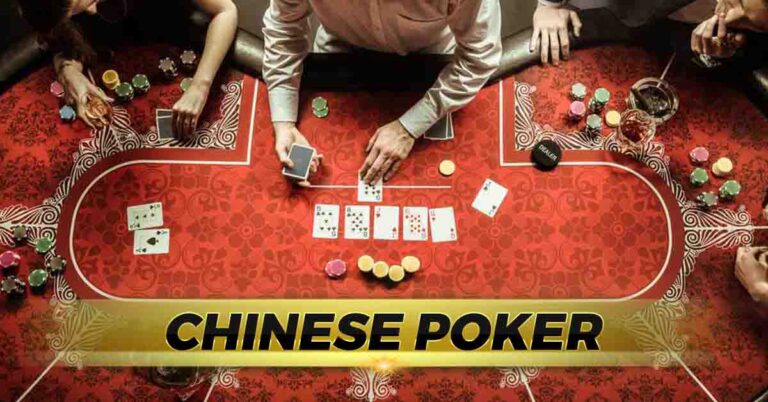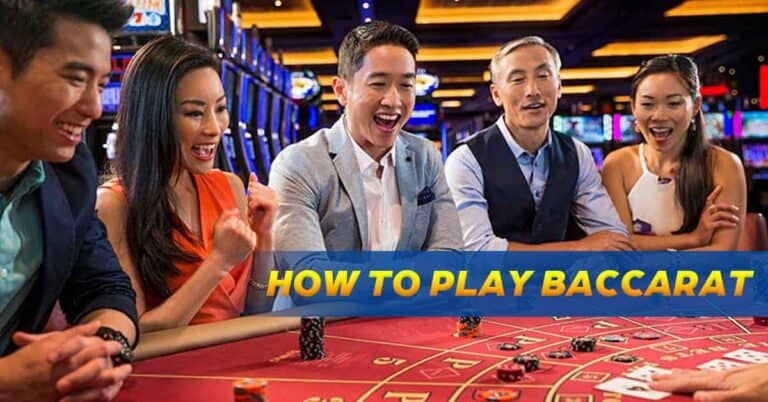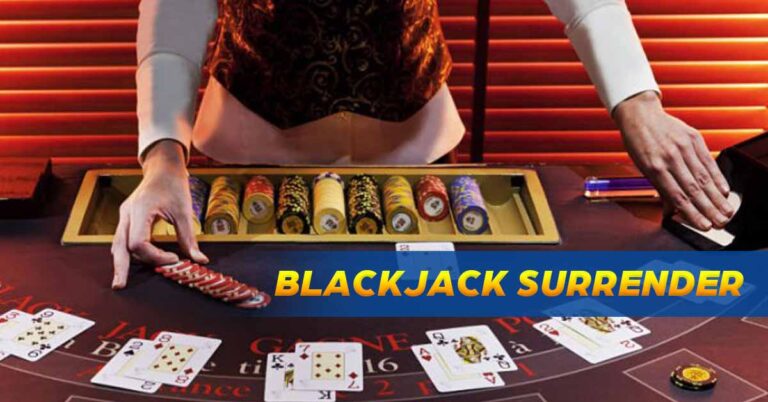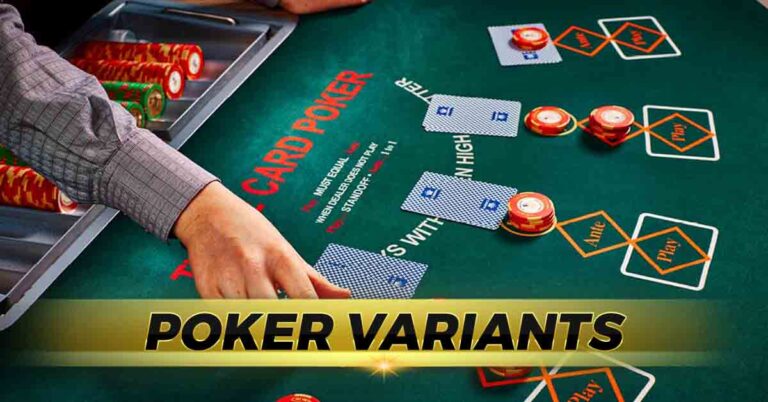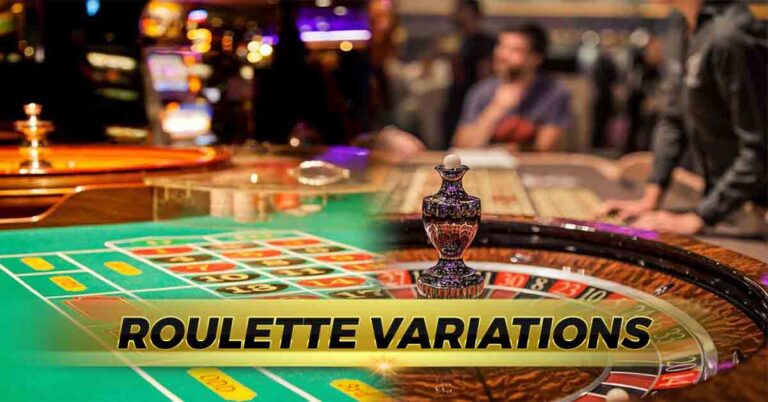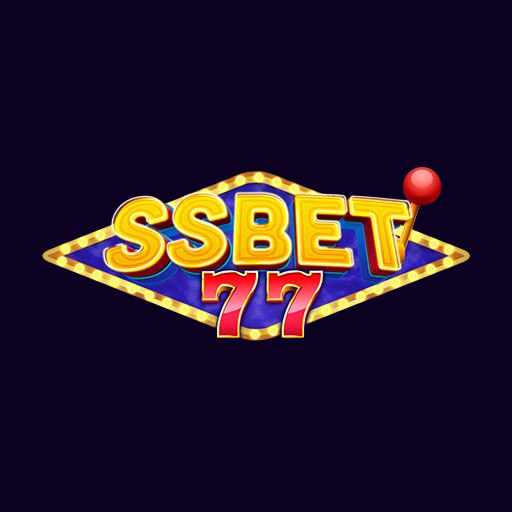Blackjack Strategy: Master Basic Strategy
When you play blackjack, a good plan can increase your chances of winning by a large amount. In this piece, we’ll talk about effective blackjack strategies that can help both new and experienced players make better decisions at the table. These tips will help you win whether you go to a casino or play games online.
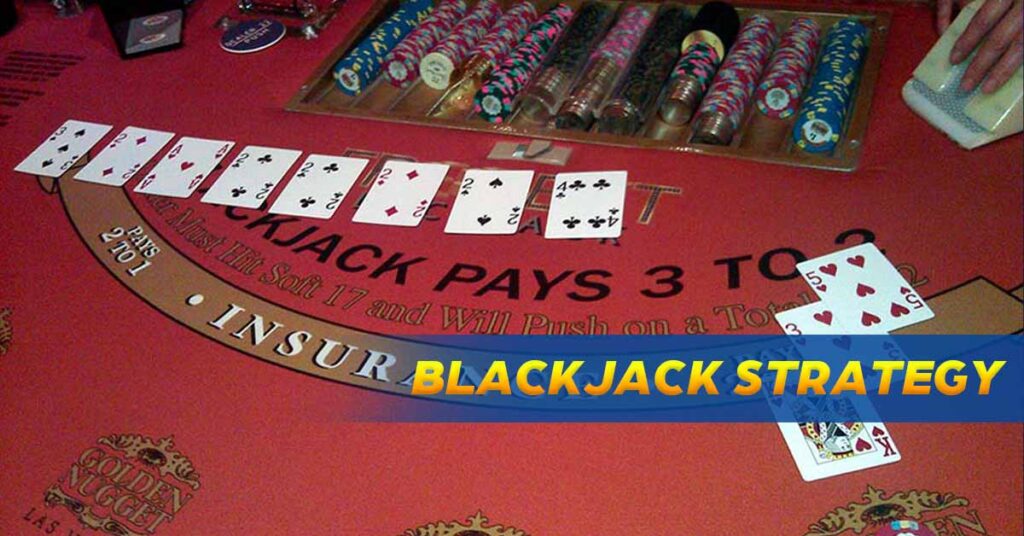
Basic Blackjack Strategy
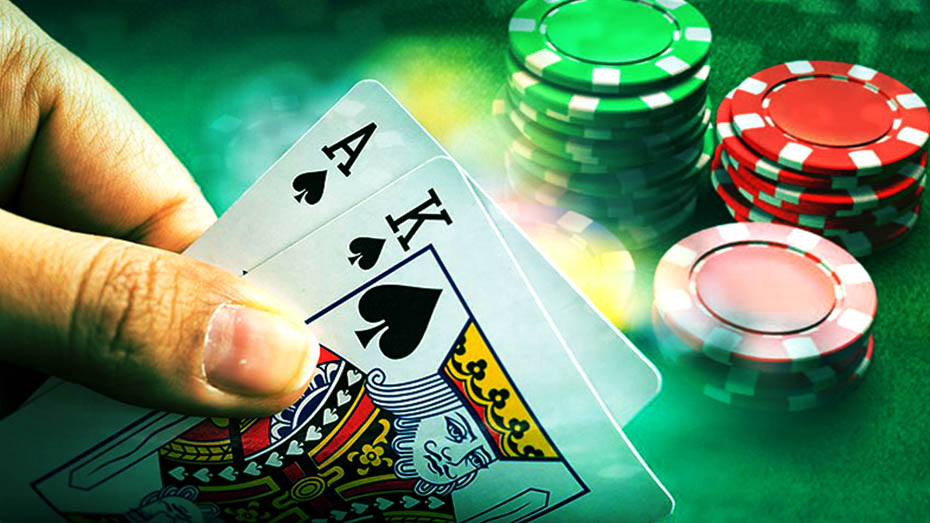
Embracing 17 and Above
The fundamental principle is to stand firm with a hard 17 or anything higher. Even if the dealer displays an Ace or 10, it’s strategically wiser to retain your current hand. The rationale behind this approach is rooted in the limited number of cards that can genuinely enhance your position.
Doubling Down on 11
Among the invaluable starting hands in blackjack, a hard 11, which is formed from your initial two dealt cards, stands out. Capitalize on this advantage by opting to double down. This tactical move promises to optimize your gameplay and amplify your overall winnings in the long haul.
Dividing Eights and Aces
An unwavering rule dictates that you should invariably split a pair of eights or a duo of aces as your initial hand. This counsel holds true regardless of the dealer’s face-up card, even if it necessitates an extra wager. When it comes to nines, the strategy remains largely consistent, although it’s prudent to stand if the dealer showcases 7, 10, or an Ace.
Never Split 10s
The blackjack basic strategy decrees that a pair of tens should never be parted. Standing your ground with this hand provides you with an exceptional opportunity to secure victory, thanks to the formidable total of 20.
Calculated Moves for Ace-7
While commencing with an Ace-7 can be advantageous, exercising caution is essential. If the dealer’s exposed card surpasses 8, it’s astute to take a hit. This approach stems from the likelihood of the dealer amassing a hand stronger than 18.
Strategic Stand with 12
In a scenario where the dealer’s face-up card is 4, 5, or 6, adopting a steadfast stance is recommended. Conversely, if the dealer reveals any other card, opting to hit is the optimal maneuver. The dealer’s unseen card could tilt the balance toward a hand exceeding 12.
Navigating 13 to 16
Navigating the complexities of hands ranging from 13 to 16 necessitates finesse. Standing pat is the preferred course of action if the dealer’s card is a 2, 3, 4, 5, or 6. Should the dealer flaunt a higher card, opting to hit the strategic decision with the goal of enhancing your hand? In circumstances where surrender is an option, deploying it on a 16 against a dealer’s 9, 10, or Ace is a wise choice.
Blackjack Basic Strategy Charts
When it comes to the intricate world of blackjack strategy, where numerous versions of the game exist, the underlying thread of statistical probability weaves them together. Crafting overarching online casino strategies that effectively encompass these game variations becomes a straightforward task due to this common denominator.
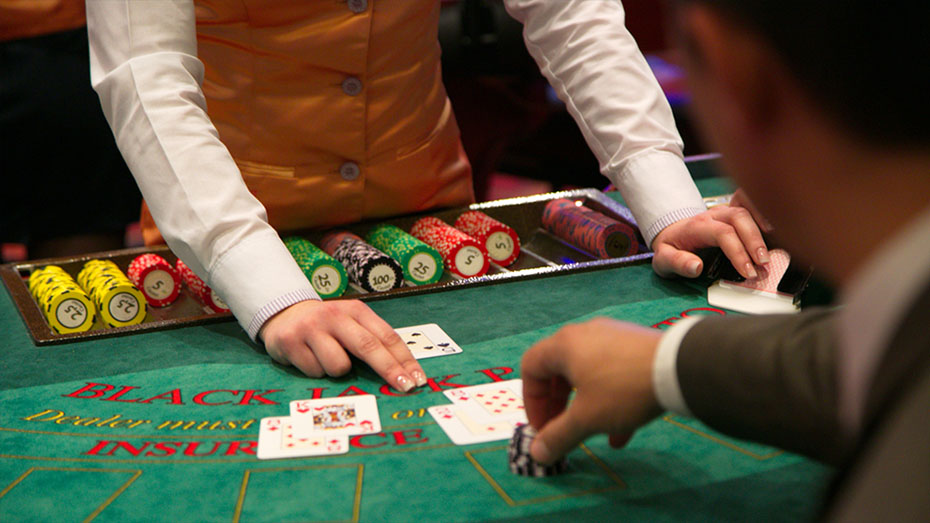
Interestingly, the pivotal factor that distinguishes these strategies lies in the number of decks employed. This, whether the dealer chooses to hit or stand on soft 17, serves as the crux of our comprehensive guidelines. Our commitment to your success extends to encompassing the most prevalent blackjack strategy variant – the six-deck version – within our comprehensive four and 8-deck strategy blueprints.
Hard Hand Charts
The variation in the number of decks used directly influences the strategy employed. Our meticulously crafted charts cater to both four and 8-deck games, capturing the essence of gameplay dynamics while offering you actionable guidance.
| Player Totals | Dealer Up Card | |||||||||
| Hard Hands | 2 | 3 | 4 | 5 | 6 | 7 | 8 | 9 | 10 | Ace |
| 17 | Stand | Stand | Stand | Stand | Stand | Stand | Stand | Stand | Stand | Stand |
| 16-13 | Stand | Stand | Stand | Stand | Stand | Hit | Hit | Hit | Hit | Hit |
| 12 | Hit | Hit | Stand | Stand | Stand | Hit | Hit | Hit | Hit | Hit |
| 11 | Double if allowed, hit if not | Double if allowed, hit if not | Double if allowed, hit if not | Double if allowed, hit if not | Double if allowed, hit if not | Double if allowed, hit if not | Double if allowed, hit if not | Double if allowed, hit if not | Double if allowed, hit if not | Double if allowed, hit if not |
| 10 | Double if allowed, hit if not | Double if allowed, hit if not | Double if allowed, hit if not | Double if allowed, hit if not | Double if allowed, hit if not | Double if allowed, hit if not | Double if allowed, hit if not | Double if allowed, hit if not | Hit | Hit |
| 9 | Hit | Double if allowed, hit if not | Double if allowed, hit if not | Double if allowed, hit if not | Double if allowed, hit if not | Hit | Hit | Hit | Hit | Hit |
| 8 | Hit | Hit | Hit | Hit | Hit | Hit | Hit | Hit | Hit | Hit |
Soft Hands Chart
Acknowledging the dealer’s stance on soft 17 is pivotal. Our strategy charts meticulously consider whether the dealer opts to hit or stand in this scenario. This nuanced element significantly impacts the recommended course of action, further enhancing the comprehensiveness of our guidelines.
| Player Totals | Dealer Up Card | |||||||||
| Soft Hands | 2 | 3 | 4 | 5 | 6 | 7 | 8 | 9 | 10 | Ace |
| Ace and 9 | Stand | Stand | Stand | Stand | Stand | Stand | Stand | Stand | Stand | Stand |
| Ace and 8 | Stand | Stand | Stand | Stand | Double if allowed, stand if not | Stand | Stand | Stand | Stand | Stand |
| Ace and 7 | Double if allowed, stand if not | Double if allowed, stand if not | Double if allowed, stand if not | Double if allowed, stand if not | Double if allowed, stand if not | Stand | Stand | Hit | Hit | Hit |
| Ace and 6 | Hit | Double if allowed, hit if not | Double if allowed, hit if not | Double if allowed, hit if not | Double if allowed, hit if not | Hit | Hit | Hit | Hit | Hit |
| Ace and 5 – Ace and 4 | Hit | Hit | Double if allowed, hit if not | Double if allowed, hit if not | Double if allowed, hit if not | Hit | Hit | Hit | Hit | Hit |
| Ace and 3 – Ace and 2 | Hit | Hit | Hit | Double if allowed, hit if not | Double if allowed, hit if not | Hit | Hit | Hit | Hit | Hit |
Navigating the Charts
Our strategy charts are more than just a roadmap; they’re a holistic approach to mastering blackjack strategy across diverse scenarios.
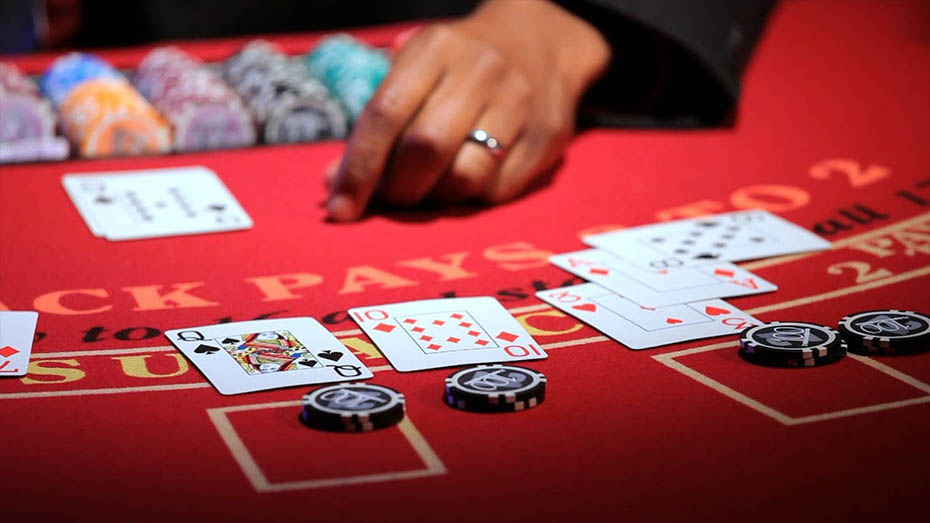
Tailored to 4 and 8-deck Games
The blackjack strategy universe encompasses a multitude of variations, but our strategy charts have you covered. Specifically designed to cater to both four and 8-deck games, these charts adapt seamlessly to the intricacies each version presents.
Embracing the Six-Deck Variant
While the six-deck blackjack variant reigns supreme in popularity, we ensure you’re equipped to excel in it as well. Our four and 8-deck strategy guides encompass this widespread version, leaving no stone unturned in your journey toward blackjack strategy proficiency.
Hit, Stand, Double Down
In the game of blackjack strategy, every move you make can either bring you closer to glory or leave you in the dust. The choices are yours to make, but how do you make them wisely? Let’s break it down.
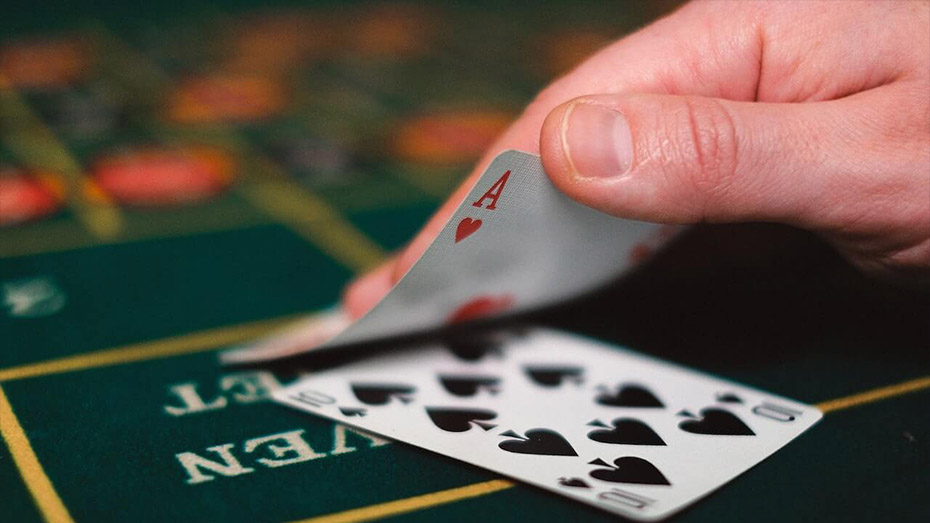
Hit:
Hitting is all about asking the dealer for another card. It’s a choice you’ll often make when your current hand is on the lower side, and you want to boost your total. But beware – there’s a catch! If your total goes over 21, you’re out of the game, and the dealer takes the win.
Stand:
Standing means you’re keeping your current hand as is, not risking going over the magical 21. This move is gold when you’ve already got a solid hand, and you’re just waiting for the dealer to reveal their cards.
Double Down:
When you double down, you’re doubling your initial bet and receiving just one more card. It’s a high-stakes move that can lead to big wins if played at the right time. Remember, though, not all hands are worth doubling down on – choose wisely.
To Surrender or Not to Surrender
Surrendering in blackjack strategy means you’re folding your hand and forfeiting half your bet. It’s a move that can be a lifesaver when the odds are seriously stacked against you. But let’s be real – surrendering might sting a bit if the dealer ends up busting right after.
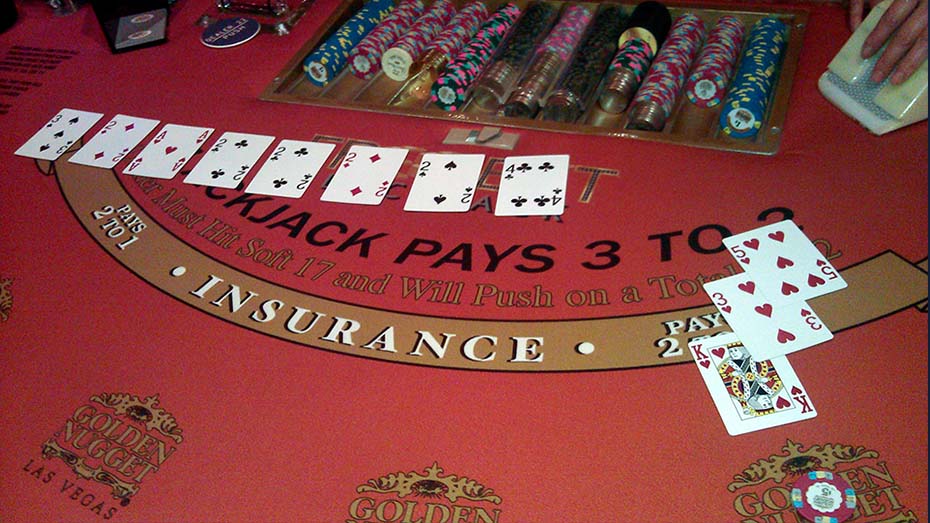
The player has the option to give up their hand and lose half of their wager by surrendering. This is done when the dealer checks to see if they have blackjack and is provided to players as a way to cut their losses in the event that the dealer does. In contrast, players occasionally have the option to early surrender, which enables them to give up their hand even before the dealer checks for blackjack, lowering the house edge.
FAQs
Conclusion
Mastering the online blackjack strategy involves understanding the fundamental moves like hitting, standing, and doubling down. Additionally, knowing when to split pairs can further elevate your game. For more advanced players, card counting provides a way to anticipate favorable situations. Remember, while a good strategy can improve your odds, blackjack is still a game of chance, and responsible gambling should always be practiced.
Register at SSBET77 today to start using basic strategy to improve your chances of winning.










